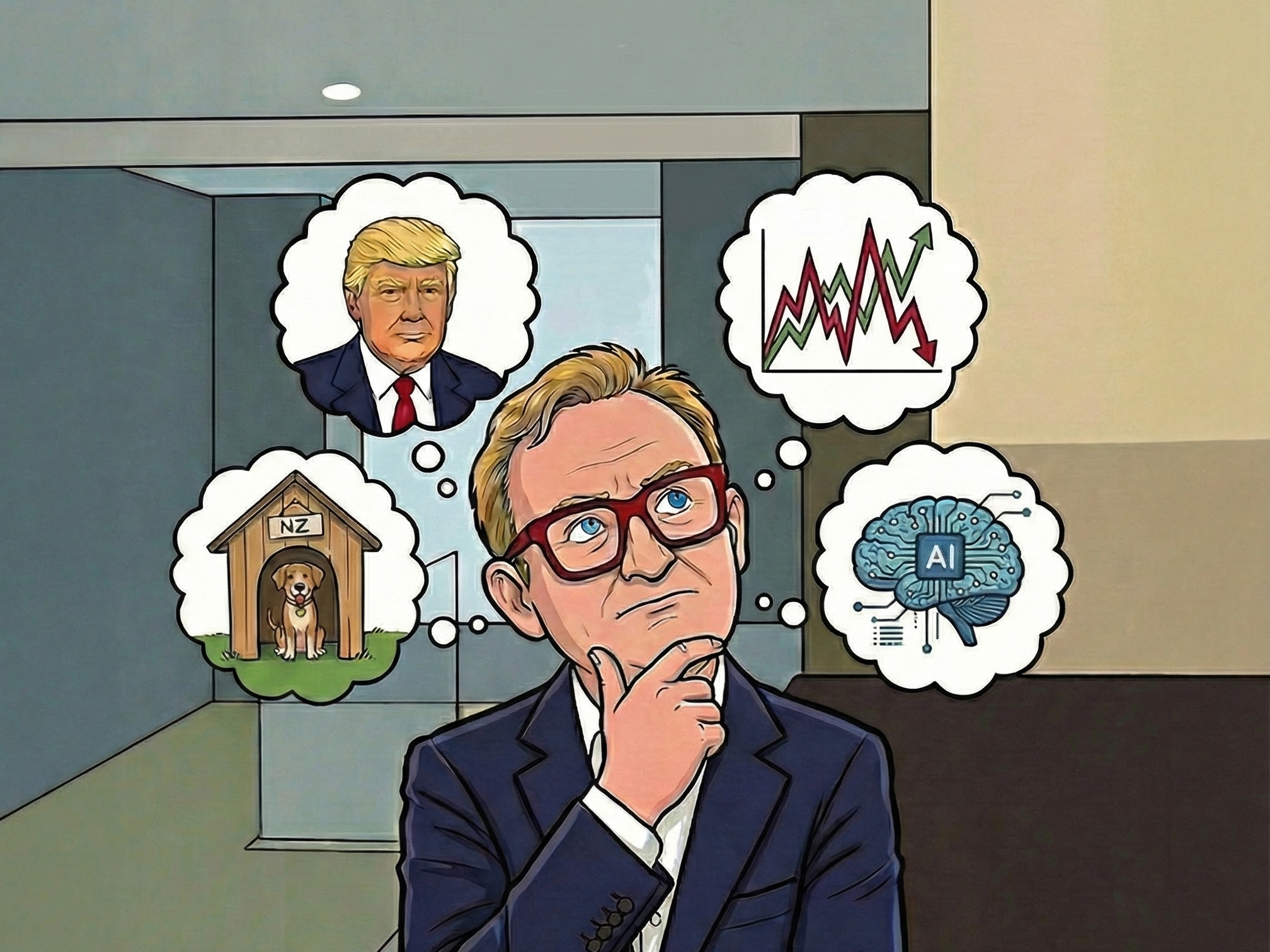Investors at year-end are inclined to reflect on the 12 months gone and muse on what the coming year might bring.
Aware of this appetite for speculation, the media tends to feed it with forecasts. These articles can be fun to read but are even more so a year later.
In January 2017, one media outlet said Wall Street strategists were more bearish on equities than they had been for any year since 2005.
The consensus forecast for the S&P 500 was for a gain in 2017 of about 4 percent. Individual forecasts from the 16 analysts quoted by the publication ranged from as low as 1.3 percent to as high as 10.1 percent.
So how did that turn out? Well, by mid-December, nearly a year after those forecasts were published, the S&P500 was up by nearly 19 percent for the calendar year, the US market’s ninth consecutive year of gains and shaping up as its best year since 2013.
What went wrong with the forecasts? Well, you could certainly put together a convincing case for caution in early 2017.
One analyst, quoted by the New York Times back in January, said investors had more risk in their portfolios than at any time since 1999.
In Australia, economists were equally cautious. In a survey published in December 2016, analysts cited as uncertainties for Australia the Trump administration’s policies, Chinese demand for commodities and the course of the local property market.
The consensus was for flat to modest gains in the local sharemarket, a slowly depreciating Australian dollar and steady local interest rates. The results here were mixed.
The S&P/ASX 300 total return to mid-December was about 10 per cent, the Australian dollar was in fact higher over the year, while cash rates were unchanged at 1.5 per cent.
In the UK, the FTSE-100 index was hitting successive record highs in early 2017 and there was a view in some quarters, as expressed in the UK Telegraph, that it couldn’t last given doubts over the Brexit process and looming European elections.
Nearly a year later, the index was up more than 8 per cent on a total return basis, having hit record highs in November.
But the best performers of the year have been emerging markets equities, which were about 26 per cent higher at the time of writing.
A pity, then, if you had followed the gloomy forecasts of analysts quoted by one newspaper, which back in early 2017 said the MSCI emerging markets index had formed a feared “death-cross” pattern, signalling a bearish trend ahead.
Now, as we head into 2018, look out for a new round of market “outlooks”.
Already there are sage-sounding warnings about looming geopolitical risks, the prospect of a collapse in commodity prices, rapidly rising interest rates (or falling – take your pick) and a meltdown in global credit markets.
When reading such articles it always pays to keep in mind a few key points.
One is that all these opinions and forecasts are already reflected in prices, which reflect the aggregate view of participants about prospects for individual securities and markets generally.
A second point is that no forecast, however well-reasoned, can ever account for all the unexpected things that might happen.
We can never eliminate uncertainty which is the trade-off we make as investors for potential increased returns.
A third observation is that prices change on new information. But what often moves prices the most are events the market didn’t expect at all.
That’s why you sometimes see share prices rise on what is ostensibly bad economic news because the focus is on the fact that the data was not as bad as what was already priced in.
A final reminder is that it is pointless to chop and change your carefully designed portfolio based on the opinions of economists, strategists, journalists and other commentators.
Sometimes these people will get it right. Most of the time, they’ll be wrong. And even if they do get the magnitude of a market move correct, they might still be off on the timing.
There are just so many moving parts to make this a viable investment strategy.
A better approach is to build an appropriate asset allocation that you can live with. If you feel you can’t bear the risk, you have other options – such as moderating your return expectations, working longer or spending less.
The future is uncertain. That’s the way it is. But keep in mind that much of the noise and forecasting in the media over events in the past two years – whether it was Brexit, the US presidential election or the path of the global economy – turned out to be wrong.
Sure, media commentary and speculation about what happens next can be interesting and thought-provoking.
You can legitimately take an interest in these issues as a citizen of the world. But that doesn’t necessarily mean you should act on them as an investor.
Ultimately, what you need is an investment portfolio that is designed for you and your goals and which lets you sleep at night.
Once that’s in place and you accept that the world will always be uncertain, you won’t have to waste your time reading the tea leaves.
• This represents general information only. Before making any financial or investment decisions, we recommend you consult a financial planner to consider your investment objectives, financial situation, and individual needs. A disclosure statement can be obtained free of charge by calling 0800 878 961.


